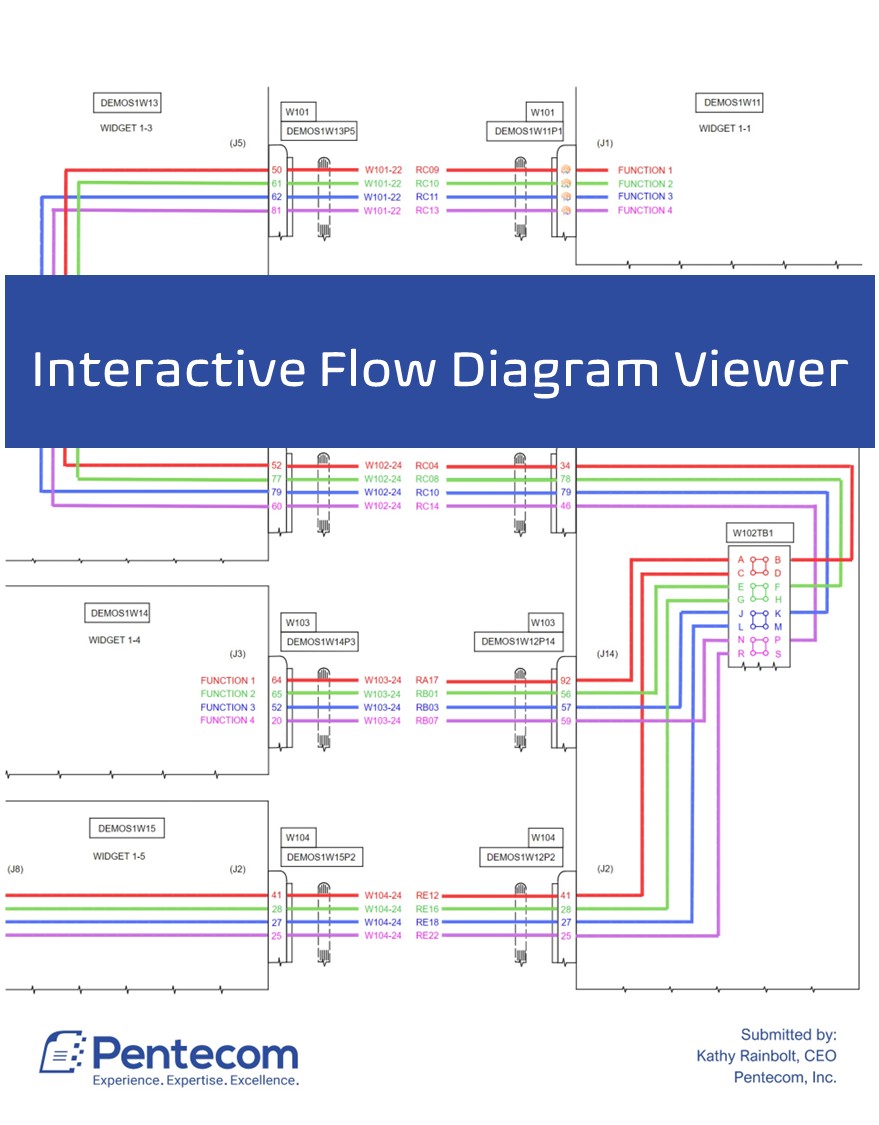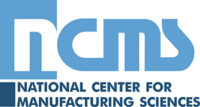Technology Title
Interactive Flow Diagram Viewer
Tech Focus Area
Autonomous Logistics
Abstract
Problem Statement: Military technicians use diagrams and schematics (wiring, hydraulics, pneumatics, hydro-mechanical) in technical manuals to troubleshoot faults. Many platforms still rely on cumbersome paper foldouts up to 45 inches wide or static PDFs. Technicians often print and tape pages together, using a highlighter to trace circuit paths. Large diagrams and schematics are difficult to view in digital environments. Technicians often struggle with zooming in and out, making tracing paths on 2-D images difficult. Troubleshooting becomes even harder when the flow jumps between sheets of a multi-sheet diagram.
Description of the Innovation Solution: Technicians will benefit from an electronic interactive wire/fluid tracing tool that supports highlighting a circuit path on a set of graphics. The solution simulates the operation of a switch, valve, or relay, changing the flow’s highlighted path. The tool will add to existing technical data viewing tools and will be accessible on portable devices technicians already use in the field.
Benefits to the DOD: Interactive flow tracing helps maintainers identify and follow circuit paths as they perform maintenance on complex systems such as aircraft or other vehicles and will make maintenance and sustainment less costly and more effective and efficient. A tool that highlights paths in real time will save maintenance hours and speed the return of equipment for use in the field. Circuits are highlighted, providing a visual cue that is easy to see even on a small screen or when circuit paths jump across diagram sheets. This tool can be used by all military services (even industry) to trace circuit flow within a diagram.
Innovation Challenges: Standardization of the structures for the interactive flow diagram are in process in S1000D, the international specification for technical publications. Traditionally adoption happens many years after the standard is published. Until the standards are approved, COTS vendors are reluctant to invest in development. By developing the viewing solution in tandem with the standardization effort, we are accelerating U.S. adoption for this critical need.
Technical Maturity/ Demonstration Results: Interactive flow tracing is not a new concept; however, existing solutions are proprietary and outdated. The proposed standard is still in the infancy stages and will not be published for 3-5 years at best. Platforms need this capability now, but technology that works with the standard does not yet exist. Early adoption of the proposed standard by the DOD will fill the immediate need. The accompanying video provides a brief proof of concept.
Graphic





